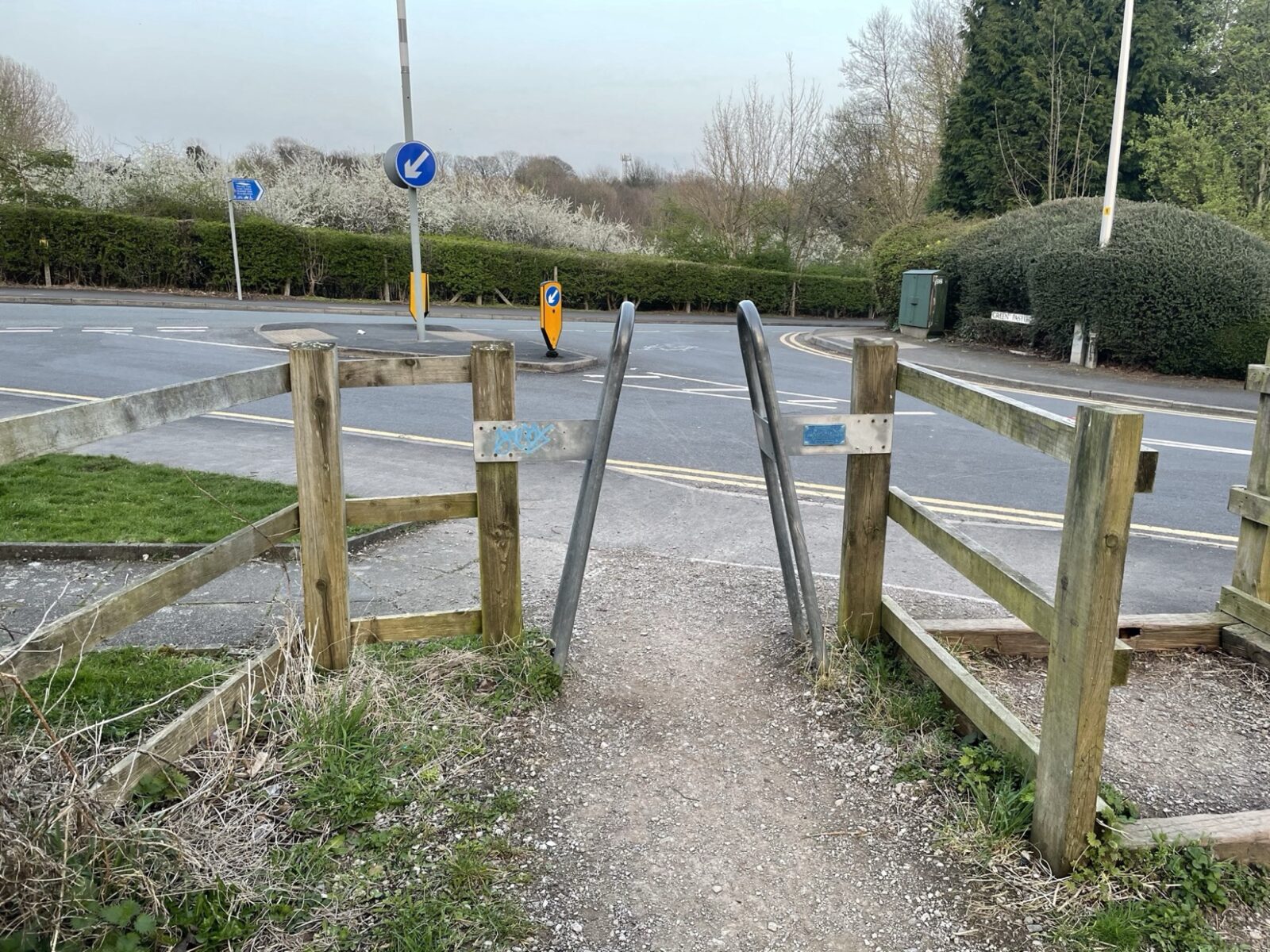Harrie Larrington-Spencer Research

Example of an access control barrier (A frame)
Monitoring Access Control Barrier Removal on Traffic-Free Walking, Wheeling and Cycling Routes (2024-2027)
Funded by Motability Foundation
Access control barriers are commonly installed on traffic-free walking, wheeling and cycling routes. he logic behind these barriers is that legitimate users – such as those walking, or cyclists on a two-wheeled bicycle – can get through, while illegitimate users, like those on motorcycles, cannot. However, in reality, this also excludes disabled people who use wheeled mobility aids such as wheelchairs, mobility scooters and adapted cycles. This exclusion from traffic-free routes matters because they are often critical components of active travel networks.
This research aims to understand what happens on traffic-free routes when access controls are removed, both in terms of changes to levels of antisocial use but also with regards to changes in the experiences of route users, specifically disabled users, and whether improved route accessibility impacts levels of mobility and related access to local communities and social participation. Recognising that access controls are often implemented after complaints from nearby residents, the research seeks to understand local residents’ experiences of access control removal.
To achieve this aim, the following methods of data collection will be used:
- – Machine learning sensors, provided by Vivacity, to monitor levels of legitimate and antisocial use on traffic-free routes pre (12 months) and post (24 months) access control removal. These will be used in 6 traffic-free routes where local authorities agree to work with us.
- – Go-along interviews with disabled residents pre- and post-access control removal to understand impacts upon mobility.
- – Resident survey post-access control removal to understand broader local experiences.
